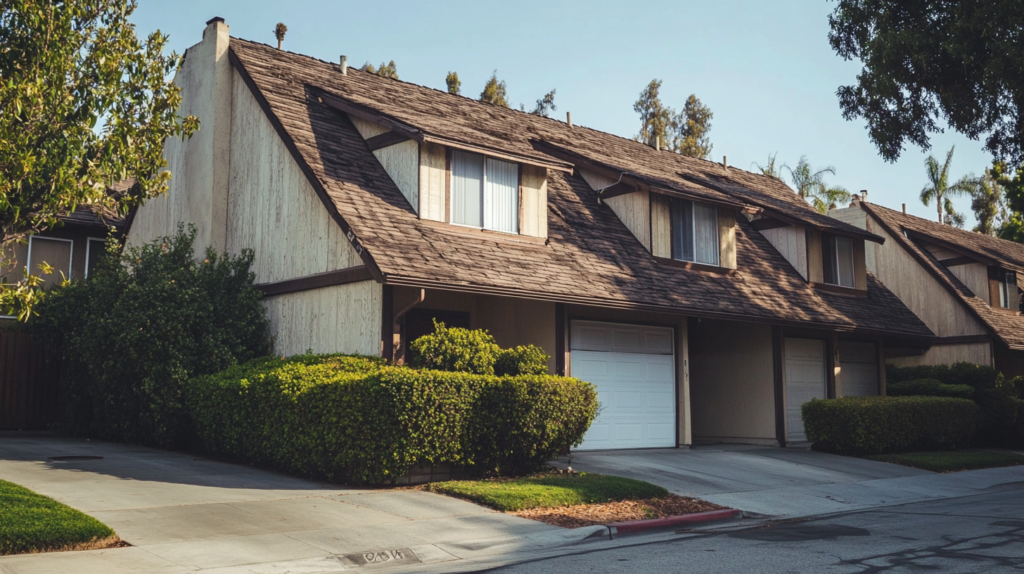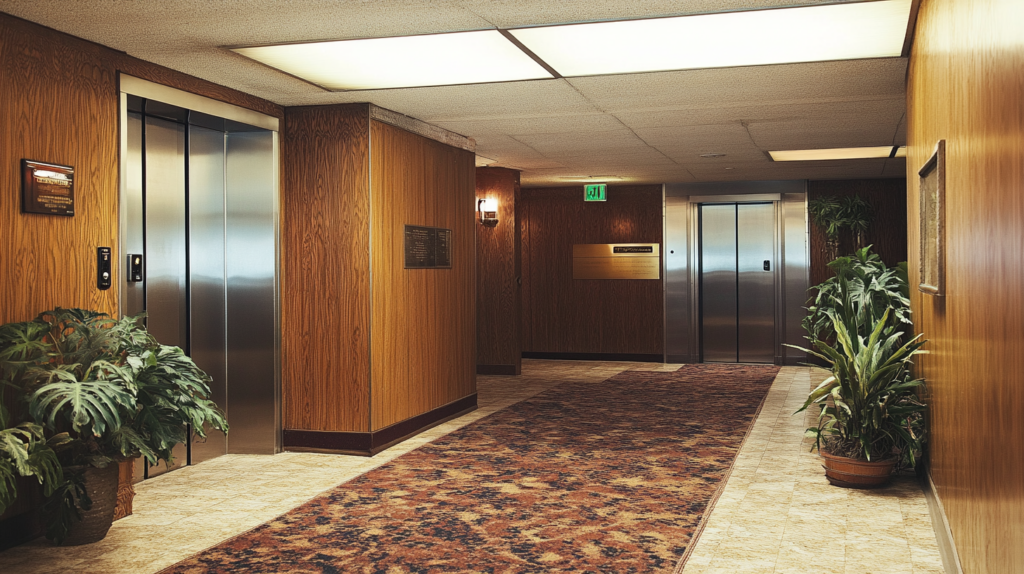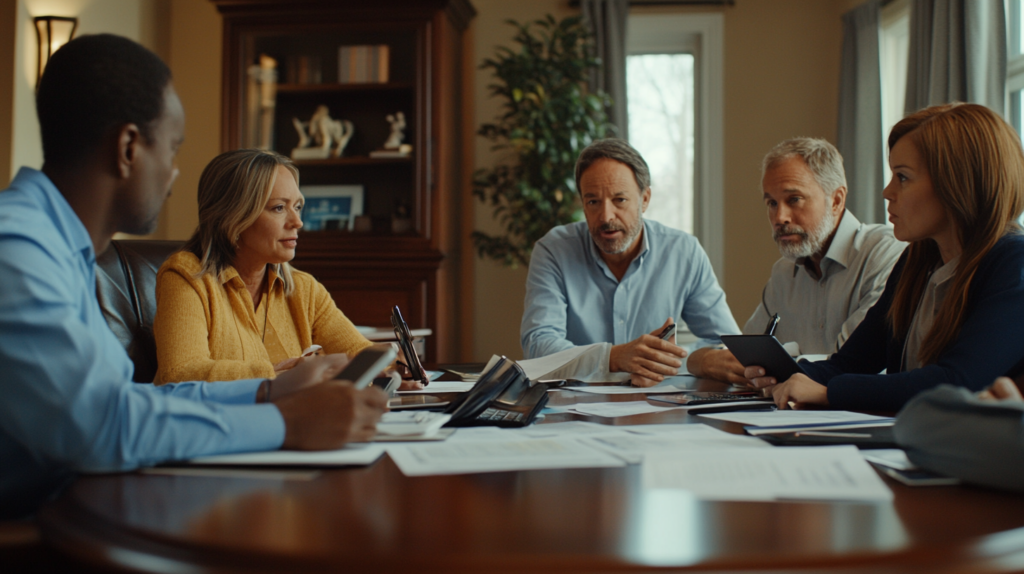As an HOA board member, you’re tasked with a monumental responsibility: ensuring the financial health and physical well-being of your community. One of the most critical aspects of this role is effective reserve funding. Underfunded reserves can lead to financial crises, unexpected special assessments, and a decline in property values.
Every day, your community’s assets are aging and deteriorating. From roofs and siding to pools and parking lots, these components require ongoing maintenance and eventual replacement. Ignoring these costs can lead to significant financial burdens down the road. The answer to mitigating these expenses is proactive planning for HOA reserve funding.
Why Reserve Funding Matters
Think of your HOA as a living organism. It requires constant care and maintenance to thrive. Over time, components like roofs, siding, and plumbing systems deteriorate. Ignoring these significant costs is not a successful option. Reserve funds are the lifeblood of your community, providing the financial resources necessary to prevent deterioration from gaining the “upper hand”.
The Dangers of Neglecting HOA Reserves
If you underfund reserves, your community becomes vulnerable to a host of problems:
Special Assessments: To compensate for underfunding, owners are asked to pay the same predictable costs of deterioration, but in last-minute “emergency” special assessments. The costs don’t go away if you fail to set aside appropriate funds.
Deferred Maintenance: Postponing necessary repairs can lead to more significant and costly issues down the line – often called “scope creep”, where you need to repair the asphalt instead of just sealing it, or where you need to replace some siding instead of just painting it.
Decreased Property Values: A poorly maintained community can reduce the overall value of your property. Curb appeal (or lack thereof) is real.
Legal Liability: In some cases, failing to maintain your community’s infrastructure, a primary board responsibility, can expose your board to lawsuits or loss of insurance coverage.
Case Study 1: Sleepy Villas Townhome HOA
A 37-year-old townhome community with $410,000 in their reserve fund was facing significant deferred maintenance issues, including aging roofs and siding. The reserve study revealed that the association was only 4.4% funded, leading to an increase in reserve funding and a $7.7 million special assessment. To mitigate the impact, this HOA board implemented a phased approach to repairs, spreading the costs over time, and increased monthly assessments to support the higher Reserve funding requirements.

Key Takeaways
Early Intervention is Crucial: Addressing deferred maintenance proactively can prevent costly emergency repairs.
Phased Approach: Breaking down large projects into smaller, more manageable phases can reduce the financial burden.
Transparent Communication: Your HOA board should inform homeowners about the financial situation and the steps they are taking to address it.
Case Study 2: Surprise Condo Association
This 49-year-old condo association encountered several unexpected expenses, including a faulty carpet installation and elevator issues. Even with $823,000 in reserves and being 56.3% funded, they faced $140,000 in unexpected carpet costs and $540,000 in elevator modernization 12 years earlier than projected. The HOA reserve funding was increased from $19,900 per month to $21,006.90 per month, and a special assessment of $1,000 per unit was passed.

Key Takeaways
Unforeseen Expenses Can Happen: Even well-managed communities can face costly unexpected challenges that happen sooner than anticipated.
Strong Reserve Funds Provide a Safety Net: Adequate HOA reserves and a higher interest earning rate on funds on-deposit in reserves can help mitigate the impact of curveballs like this.
Regular Inspections: Conduct regular inspections of your community’s assets to identify potential issues early on.
Strategies for Effective HOA Reserve Funding

Choose Timely Reserve Studies: A comprehensive reserve study is a critical tool for assessing your community’s current and future needs. It identifies potential repair and replacement costs and provides a roadmap for funding these expenses, gently and evenly spread out over time. This is why it’s more important than ever to have an updated with-site-visit reserve study every 3 years AND no-site-visit reserve studies for those in between years.
Establish a Sustainable Funding Plan: Develop a long-term HOA funding plan that ensures you set aside adequate reserves each year. The HOA board should review and adjust this plan periodically to account for changing circumstances. Do you want to test your plan before it’s set in stone? Try our online reserve calculator uPlanIt here!
Diversify Investment Strategies: Explore investment options that can help your reserve funds grow over time. Consult with financial advisors like HOA Invest to determine the best investment strategies for your community.
Regularly Monitor and Adjust: Keep a close eye on your reserve fund balance and adjust your funding plan as needed. This proactive approach can help you avoid future financial challenges.
Remember, proactive planning is the key to avoiding costly surprises and maintaining a thriving, well-maintained community. Don’t create an expensive mess for your owners and residents by pretending “all is fine”. Find out the best funding plan for your HOA with one of our reserve specialists, available nationwide!
